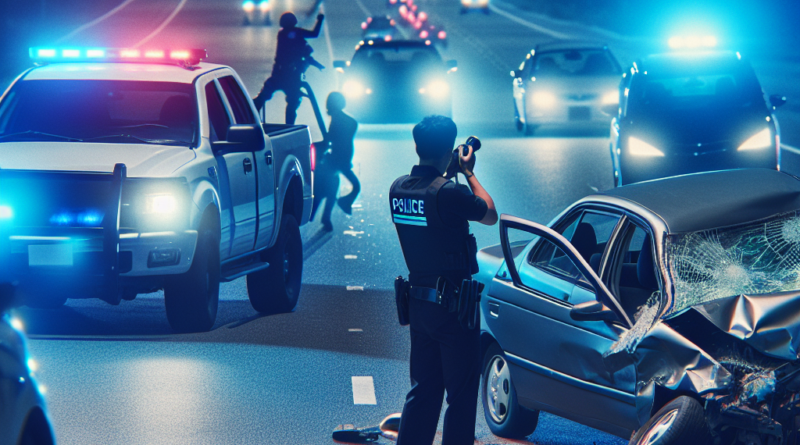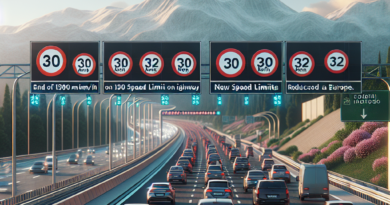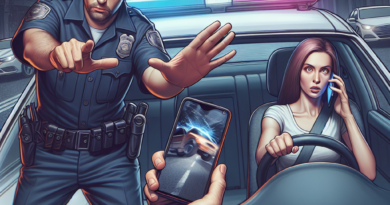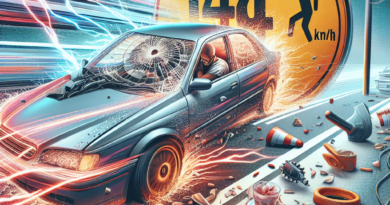Is It Legal to Take Photos of a Car Accident?
Is it legal to take a selfie at an accident scene?
In recent hours, there has been a lot of talk about a young man who took a selfie at a fatal accident in Piacenza.
The act has sparked outrage among the majority of users, deeming it a tasteless gesture.
At the moment, there do not seem to be any specific news needs behind the shot, as journalist Stefano Pancini, who documented the moment, explained that a passerby stopped specifically for the photograph.
The Ethical and Legal Implications of Photographing Accidents
This selfie certainly lacks sensitivity, as it almost undoubtedly immortalizes the injured and unconscious cyclist receiving medical care.
The car’s driver, an elderly lady, tragically passed away during transportation to the Emergency Room.
Beyond the clear moral dilemma, similar stories have gone viral before, and, truth be told, the use of technology seems to only fuel the phenomenon.
Groups of onlookers around accidents are a constant both in Italy and abroad.
Not long ago, a German police officer intervened sternly in a similar situation, trying to raise awareness among tourists and citizens by preventing them from getting too close to the lifeless victims.
The issue, however, concerns not only ethics but also legal matters.
How does this behavior relate to the right to privacy of the injured and rescuers and the possible hindrance to operations? In short, is it legal to photograph an accident?
The Legal Perspective on Accident Photography
Let’s clarify the doubt: in general, taking a picture of an accident is legal, even if it involves victims, injured individuals, rescuers, and law enforcement.
The Data Protection Authority confirms that it is lawful to shoot videos or audio in public places, during events or public ceremonies, even when they involve public service officials and public officers.
Therefore, as long as the accident occurred in a public place, it is legal to photograph or film it.
The law, however, significantly restricts the dissemination of acquired images and videos.
Aside from some exceptions, for ordinary individuals, it is forbidden to share content portraying them without consent.
Accordingly, publishing accident photos is prohibited unless the subjects have given authorization or are made unrecognizable (by blurring faces, license plates, and so on).
Moreover, public authorities may impose additional limitations on content dissemination for specific needs.
Although taking the picture itself is legal, publishing it can have serious consequences.
Firstly, this behavior constitutes a civil offense, so the damaged party can request its removal and seek compensation for any suffered damages.
To be eligible for compensation, it is essential to document the actual harm suffered, as well as the causal link to the offense.
Furthermore, unauthorized dissemination of someone else’s photos (except for public figures or other specific circumstances) can constitute certain crimes, such as defamation.
However, this only applies when the image aims to disparage the portrayed subject and undermine their honor and reputation.
Lastly, while photographing is not prohibited, interrupting public service is a crime.
Rescue operations and law enforcement activities may require additional precautions, including the prohibition of strangers approaching and taking photographs.
Returning to the viral selfie, although the individual behind this controversial gesture seems to have not committed any offense, it is unknown whether the image was published or distributed in any way.
Therefore, it must be assumed that it was not done until proven otherwise.
The photo, portraying the incident, was actually taken by the journalist from “Il Piacenza” mentioned earlier; it was published by the newspaper after obscuring the subject’s face for the purposes of journalism and information within their jurisdiction.




